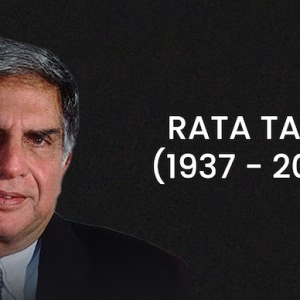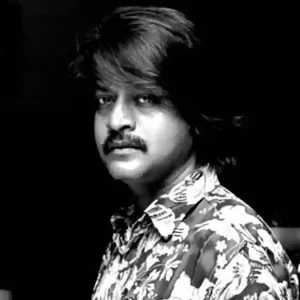Music, art concerned with combining vocal or instrumental sounds for beauty of form or emotional expression, usually according to cultural standards of rhythm, melody, and, in most Western music, harmony. Both the simple folk song and the complex electronic compositions belong to the same activity, music. Both are humanly engineered; both are conceptual and auditory, and these factors have been present in music of all styles and in all periods of history, throughout the world.
What Is Music?
Sounds are all around us, from birds chirping and waves lapping against a coastline to cars honking in traffic. But sometimes sounds are put together in purposeful ways to create a specific atmosphere or to express ideas or emotions. Such organized sounds are called music.
Music is a collection of coordinated sound or sounds. Making music is the process of putting sounds and tones in an order, often combining them to create a unified composition. People who make music creatively organize sounds for a desired result, like a Beethoven symphony or one of Duke Ellington’s jazz songs. Music is made of sounds, vibrations, and silent moments, and it doesn’t always have to be pleasant or pretty. It can be used to convey a whole range of experiences, environments, and emotions.
Almost every human culture has a tradition of making music. Examples of early instruments like flutes and drums have been found dating back thousands of years. Ancient Egyptians used music in religious ceremonies. Many other African cultures have traditions related to drumming for important rituals. Today, rock and pop musicians tour and perform around the world, singing the songs that made them famous. All of these are examples of music.
Music is an art that, in one guise or another, permeates every human society. Modern music is heard in a bewildering profusion of styles, many of them contemporary, others engendered in past eras. Music is a protean art; it lends itself easily to alliances with words, as in song, and with physical movement, as in dance. Throughout history, music has been an important adjunct to ritual and drama and has been credited with the capacity to reflect and influence human emotion. Popular culture has consistently exploited these possibilities, most conspicuously today by means of radio, film, television, musical theatre, and the Internet. The implications of the uses of music in psychotherapy geriatrics and advertising testify to a faith in its power to affec human behaviour. Publications and recordings have effectively internationalized music in its most significant, as well as its most trivial, manifeststions. Beyond all this, the teaching of music in primary and secondary schools has now attained virtually worldwide acceptance.
Terms Related to Music
To better understand how music is made, let’s discuss some important musical terms.
If you can sing the tune of a favorite song, you’ve experienced melody. Melody is the series of coordinated pitches that form the main line of a tune. Think about it as the primary voice in a musical work. When we speak of ‘voice’ in this way, it might be a human voice or an instrumental one.
When you hear a work, the melody stands out, but sometimes other sounds or voices help support it and make the music more complex. Harmony refers to multiple lines of musical notes that are subordinate to the melody and complement it. You can hear the harmony, but it’s not as prominent as the melody. Harmony is often formed by a series of chords, or three or more notes played at the same time.
Music Around the World
As this lesson mentioned, all human cultures have musical traditions. Choose just one musical tradition and write a paragraph about it. What does this kind of music sound like? What terms from this lesson can you apply to it? What is the history of this musical tradition? Make sure you listen to examples of whatever music you choose!
Examples: You can write about any music, but here are some ideas to get you started: Inuit throat singing; Chinese opera; Yoruba drumming; Indian Raga music; Cape Jazz from South Africa.
Thinking Outside the Box
This lesson gave you several elements that make up what we typically think of as music. But can music go beyond these definitions? Look at the examples below and write a journal response explaining which, if any, you consider to be music. If they are not music, what are they?
Examples: Birds singing; 4’33” by John Cage; As Slow As Possible by John Cage; the Zadar Sea Organ; the Singing Ringing Tree.
Your Musical Traditions
What kinds of music are popular where you live? When did those kinds of music originate? What kinds of music are associated with your culture and history? And what vocabulary words that you learned in this lesson can you apply to your favourite kinds of music today? Write your answers to some or all of these questions in a paragraph or essay.


















12 Comments
Comments are closed.